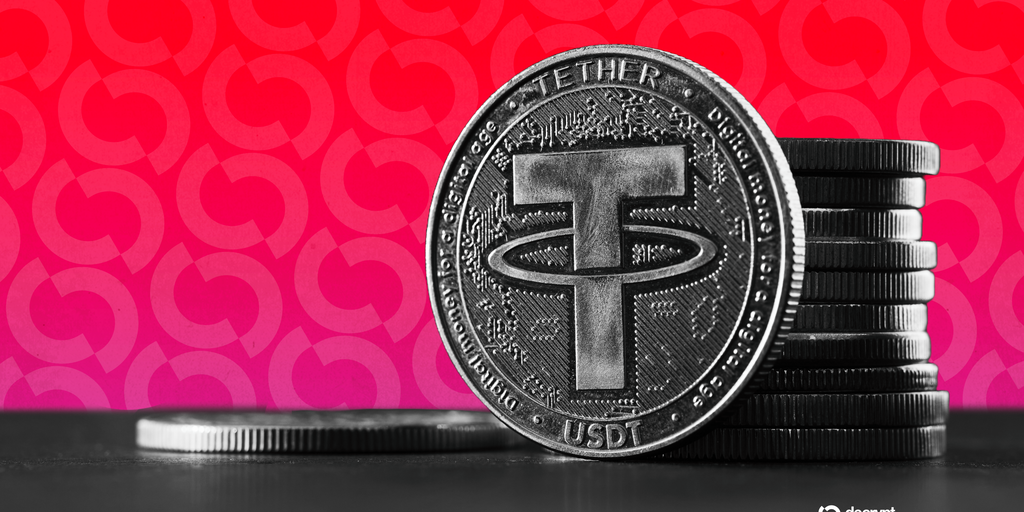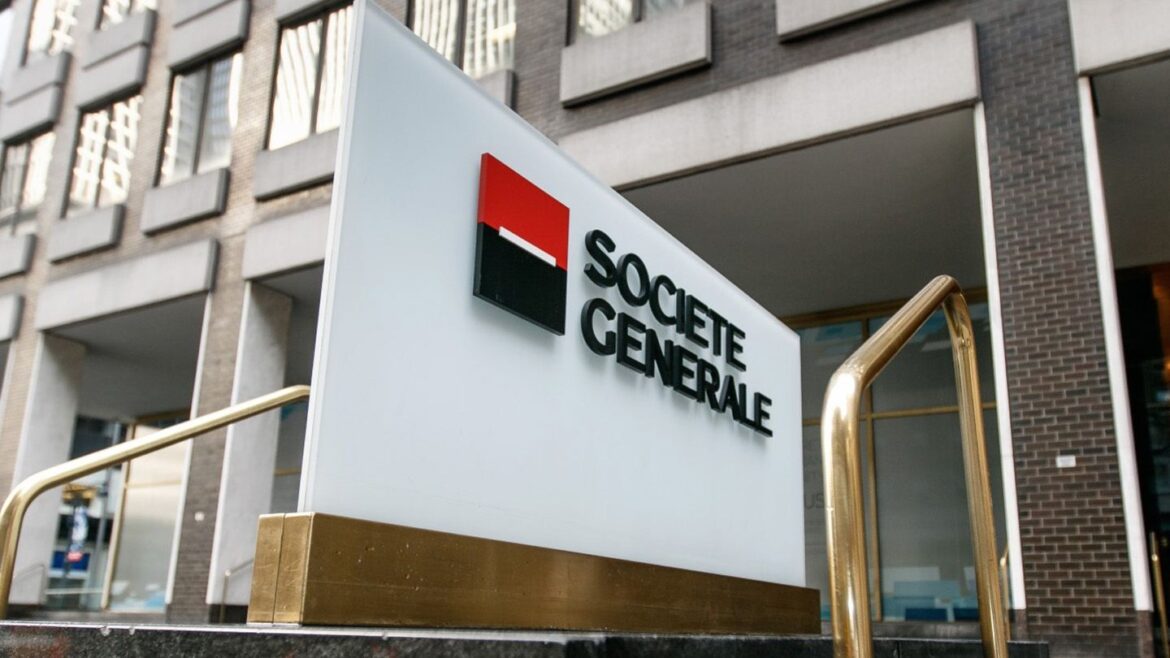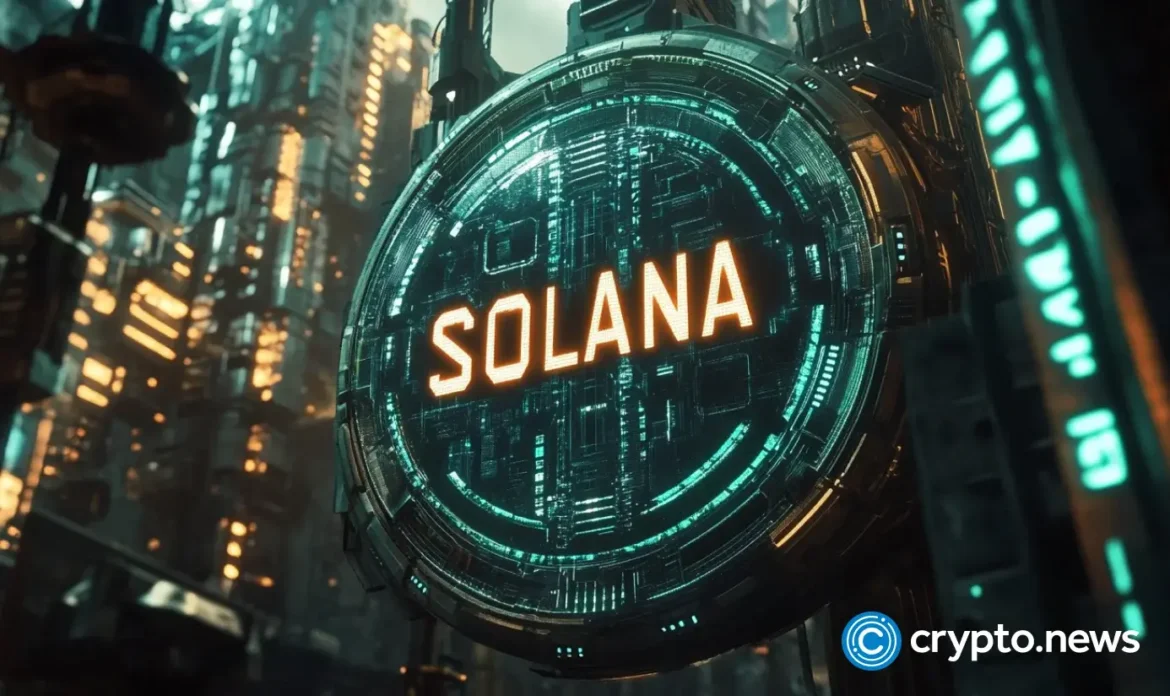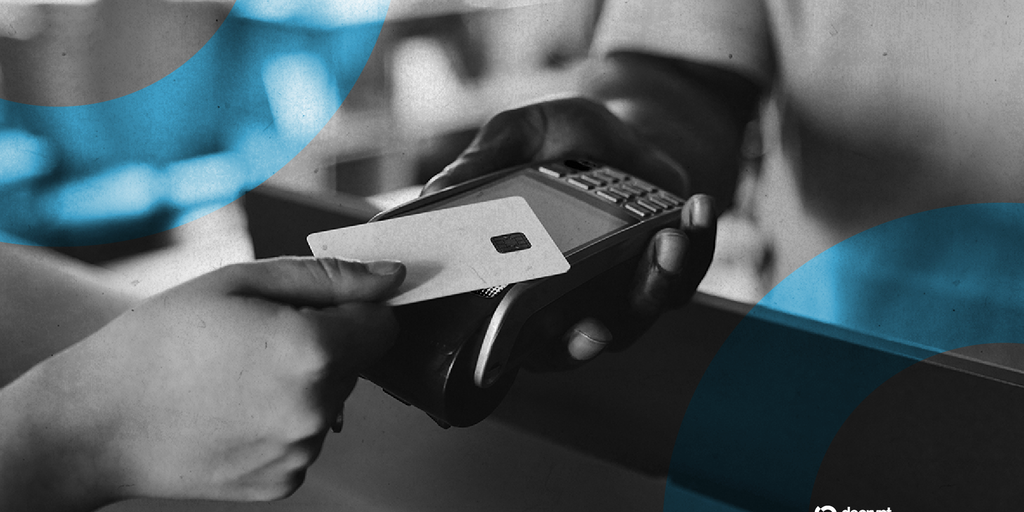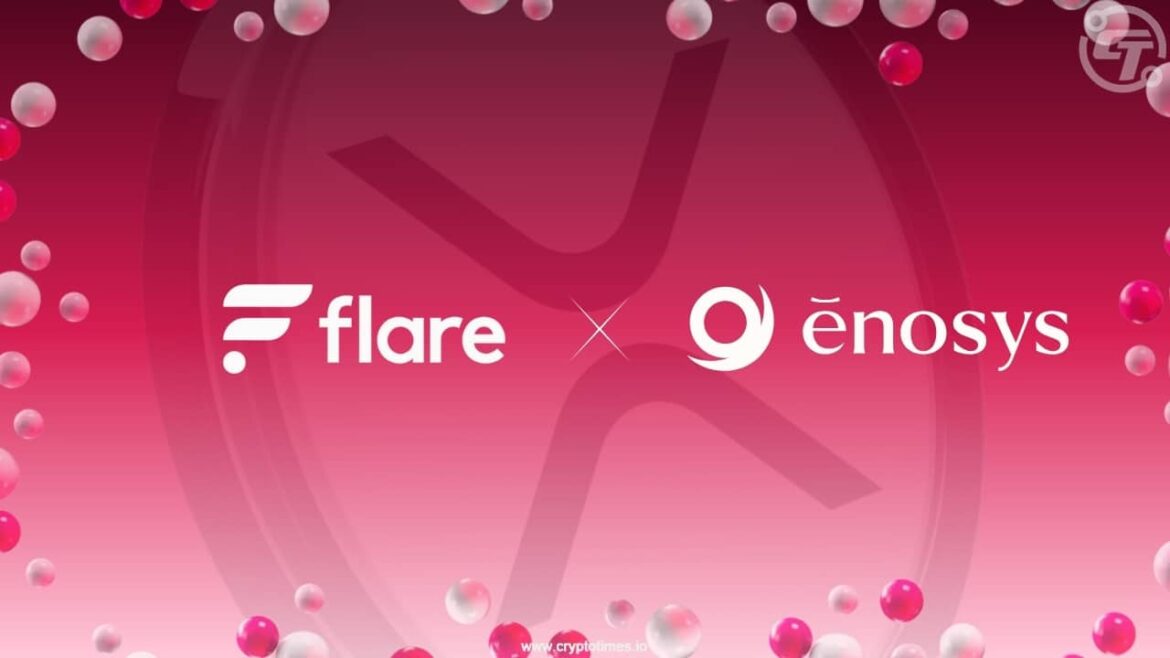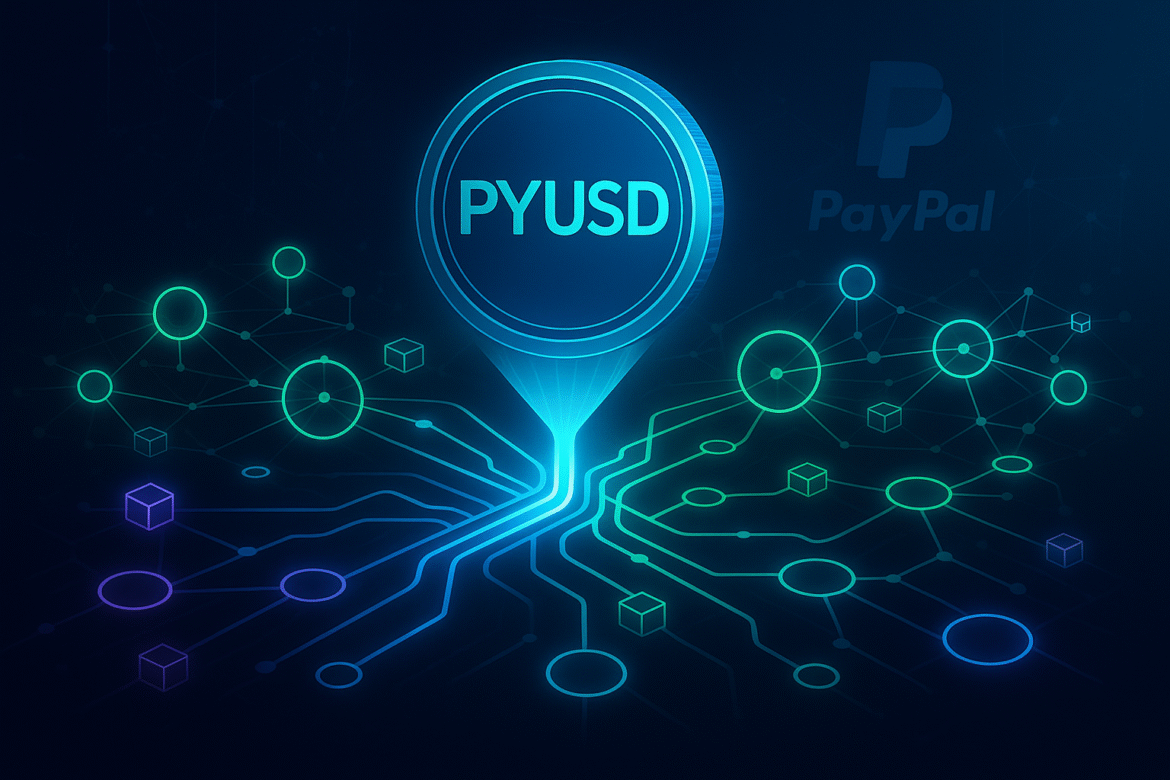In brief
- Tether is seeking to raise up to $20 billion, according to a report.
- The private raise could give the stablecoin issuer a valuation of $500 billion.
- AI giant OpenAI and Elon Musk’s SpaceX have received similar valuations.
Stablecoin giant Tether Holdings is hoping to raise up to $20 billion in a private placement that could give the company a monetary value of up to $500 billion, Bloomberg reported on Tuesday, citing two unnamed sources.
The valuation would cast the issuer of USDT, the world’s largest stablecoin, into the ranks of artificial intelligence developer OpenAI and Elon Musk’s space transport company SpaceX, which received similar valuations.
El Salvador-based Tether is aiming to raise $15-$20 billion for an approximate 3% stake, Bloomberg reported, although an additional source said that the range was a goal and could be much lower. The sources said discussions were in the initial stages and that the deal could change.
The announcement is the latest evidence of the rising significance of stablecoins, a result of the friendlier political and regulatory environment in the U.S. under the Trump administration, including the Genius Act greenlighting the issuance and trading of stablecoins.
During a White House visit in July shortly before the passage of the legislation, Tether CEO Paolo Ardoino, told Decrypt of the firm’s plans to create USAT, a U.S.-specific stablecoin catering to different use cases than USDT, the company’s flagship stablecoin. In September, the company named Bo Hines, former executive director of the White House’s digital assets working group, to serve as USAT’s CEO.
Earlier in the summer, stablecoin rival Circle listed on the New York Stock Exchange. The stock’s debut outpaced those of tech behemoths Meta, Robinhood, and Airbnb, nearly quadrupling its initial offer price of $31. The company currently has a valuation above $30 billion, according to Yahoo Finance data.
Tether has a market cap of $172 billion, more than double Circle’s $74 billion value, according to crypto data provider CoinGecko.
On Tuesday at a conference in Seoul, Hines said during an interview that Tether has no plans to raise money, Bloomberg reported. The deal would involve new shares, not current investors selling their equity. Investment bank Cantor Fitzgerald is serving as the lead adviser.
In recent weeks, potential investors have received access to a data room as they consider their participation, the publication reported, which added that a deal is expected to close by year’s end.
According to its own attestation in July, Tether issued $20 billion in USDT through the first six months of the year and generated a net profit of $5.7 billion over this period, including $4.9 billion in its second quarter alone. The firm counts Bitcoin and gold among its holdings.
Daily Debrief Newsletter
Start every day with the top news stories right now, plus original features, a podcast, videos and more.

